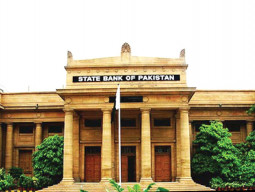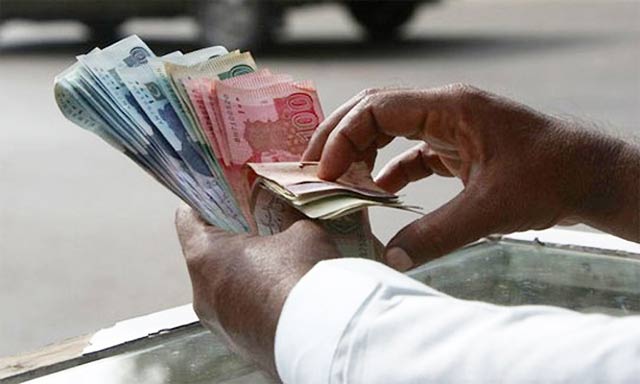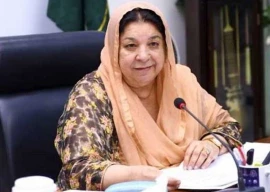
LONDON: The concept of independent central banking goes as far back as the founding of the US Federal Reserve in 1913.
The aim of monetary independence is to insulate monetary policy from political interference and electoral pressures to deliver short-term growth at the expense of long-term inflationary cost. Empirical evidence has proved that countries which have independent central banks have relatively low inflation.
Independence is defined to be of two types – goal independence and operational independence. Most central banks decide on single or multiple objectives and set targets on inflation, interest rate and exchange rate in conjunction with fiscal authorities.
Monetary Policy: SBP leaves interest rate unchanged at 5.75%
However, central banks should have operational autonomy to choose the best instrument for achieving that goal. In a study conducted by the Bank of England to make sense of what independence means to different central banks, 80% of the respondents viewed independence as autonomy in operations, instruments and policy implementation of goals.
Independent central banks are viewed by the public as credible institutions. It is credibility which would make self-fulfilling the promises made by the central bank to strive towards low long-term inflation. This is so as inflation expectations would be low and wage increases would be from reasons other than a need for households to adjust to a higher cost of living.
On the converse, if a central bank is viewed as being subjected to political influences, then it would lose its credibility with the public and would be perceived as being pressured to pursue policies which would not be consistent with long-term price stability.
How has the idea of independence fared in the history of central banking in the sub-continent?
Episodes from history
An important episode from the central banking history in the sub-continent is telling as to how it all started. Sir Osborne Smith, who became the first governor of the Reserve Bank of India (RBI) when the institution was formed in 1935, resigned from his job in just 18 months.
His term, which was to expire two years after his resignation, proved to be short-lived due to a deeply troubled relationship between him and the finance member of the viceroy’s executive council Percy James Grigg.
The first Indian governor of the RBI, Chintaman Deshmukh (1943-50), while giving his views on the resignation of Smith, said the “main cause of Smith’s resignation, apart from his temperamental incompatibility with Grigg, was the serious difference of opinion between the two on the lowering of the bank rate and the management of the bank’s investments”.
Central bank independence today
Fast forward almost 80 years, history has again repeated itself recently in the form of difference of opinion between monetary and fiscal authorities in Pakistan on the exchange value of the rupee.
Monetary Policy: SBP leaves interest rate unchanged at 5.75%
Recently, on July 5, 2017 the Pakistani currency market was rattled when the rupee value against the dollar nosedived from Rs104.85 to Rs108.5. The 3% depreciation much irked the finance minister who expressed his anger and concern over the drop in the rupee’s value.
According to analysts, this was a deliberate move by the country’s central bank to move away from supporting the currency and give a boost to the country’s foreign exchange reserves. The event, however, quickly unfolded after the close of business hours when the finance minister in a meeting with bank presidents, deputy governor of SBP and treasury head decided that the rupee value would float in a band of Rs105 to Rs107.
It is important to note that this is not the first instance where the finance ministry has appeared to be at loggerheads with the central bank. There have been instances in the past where Finance Minister Ishaq Dar has made announcements regarding changes in the monetary policy – something which falls exclusively within the ambit of the State Bank of Pakistan.
Central bank independence is crucially important to achieve price stability, which would in turn ensure an environment conducive to economic growth and high levels of employment.
Legal provisions are necessary, but not sufficient to ensure central bank independence. Incentives to circumvent the legal framework and influence the behaviour of the central bank are always looming.
To ensure that these incentives do not turn into action requires strong vigilance from the public and the media.
The writer is a doctoral candidate at The Bartlett, UCL
Published in The Express Tribune, July 24th, 2017.
Like Business on Facebook, follow @TribuneBiz on Twitter to stay informed and join in the conversation.
















1713272658-0/Copenhagen-fire-(1)1713272658-0-270x192.webp)


1713268762-0/Netflix-(3)1713268762-0-270x192.webp)























COMMENTS (1)
Comments are moderated and generally will be posted if they are on-topic and not abusive.
For more information, please see our Comments FAQ